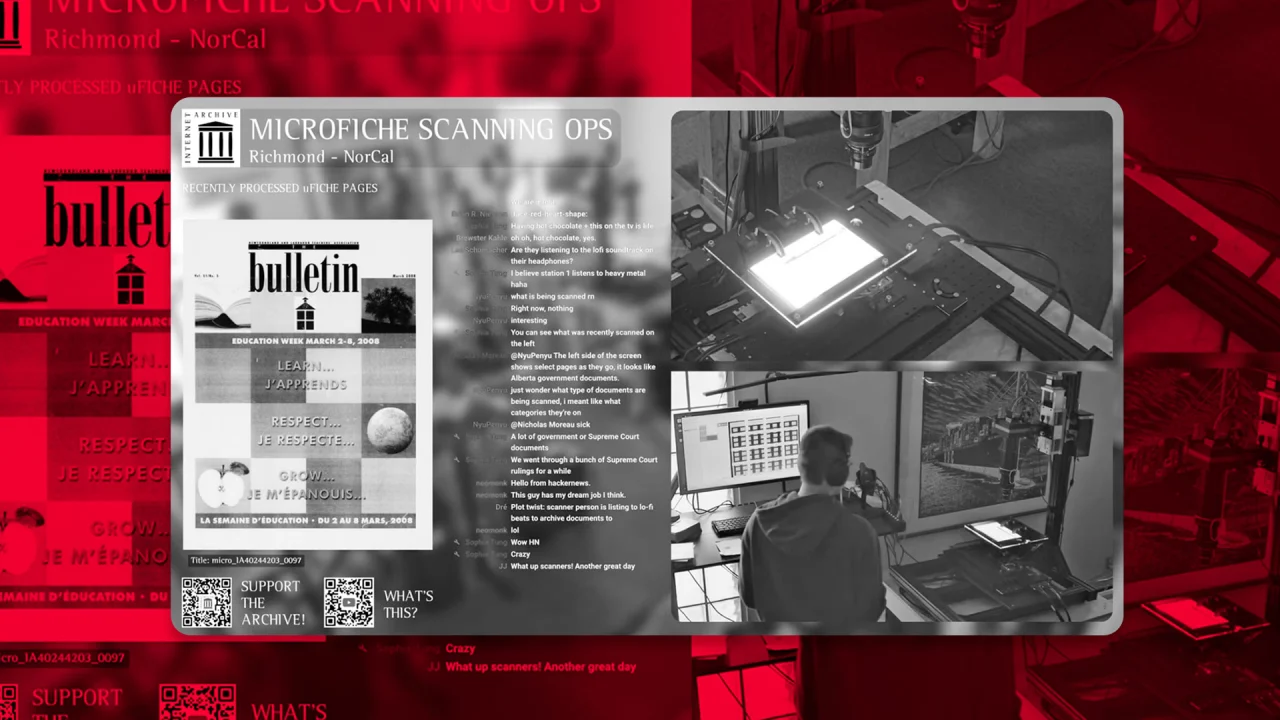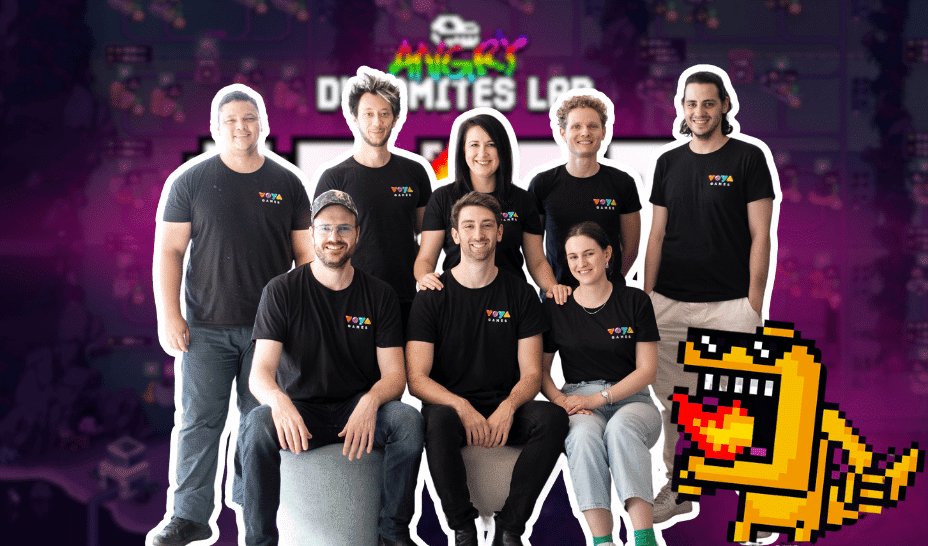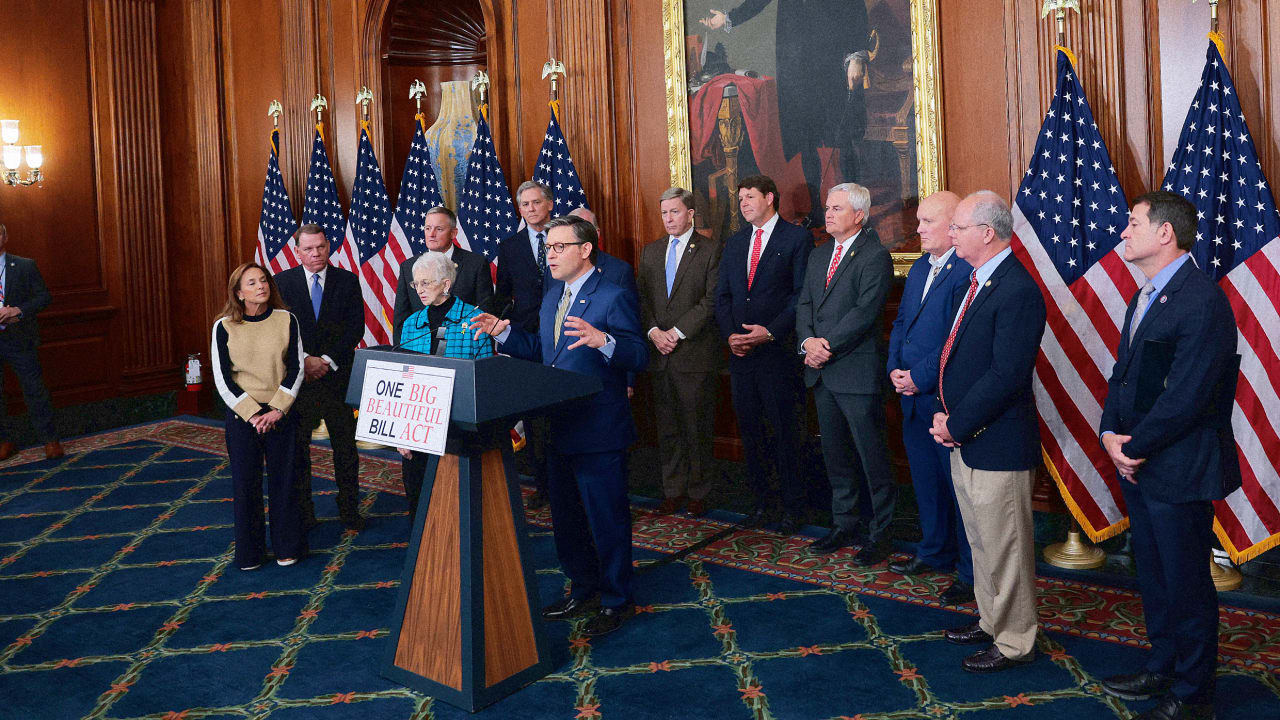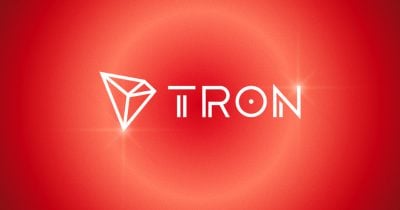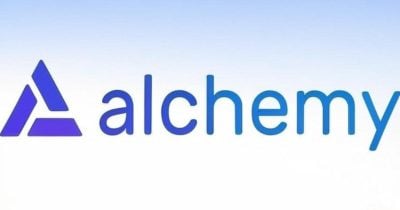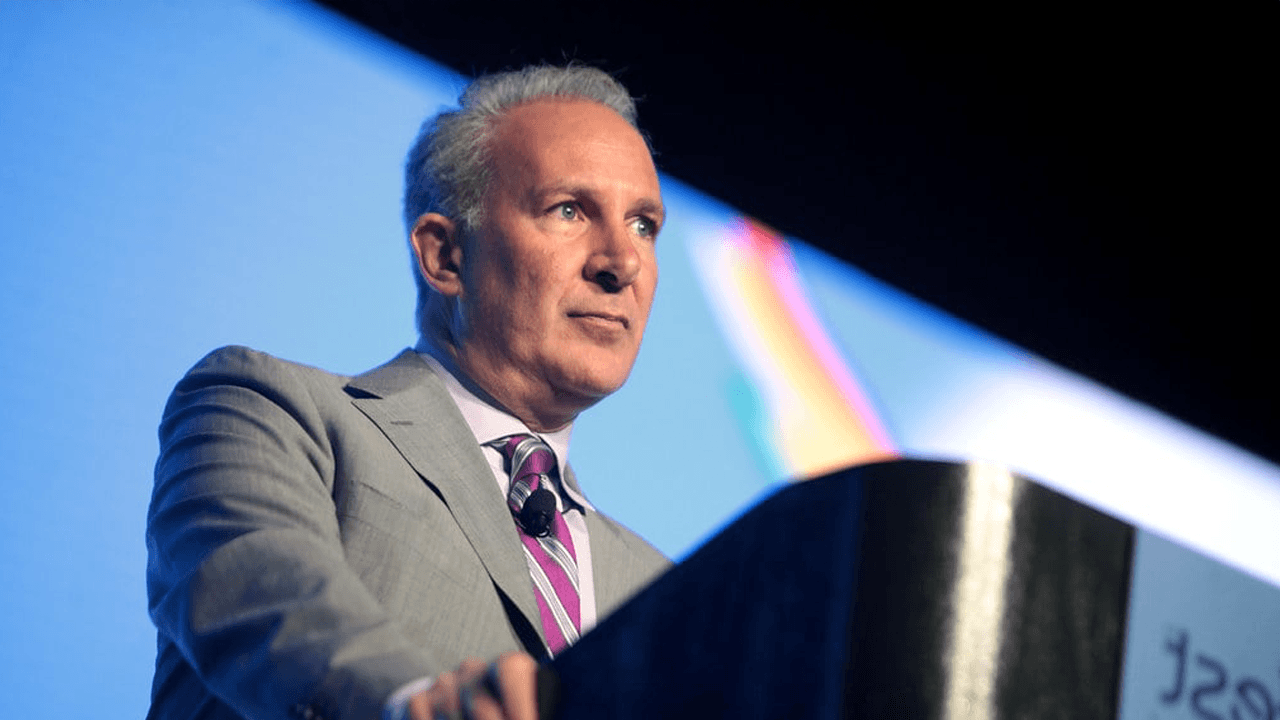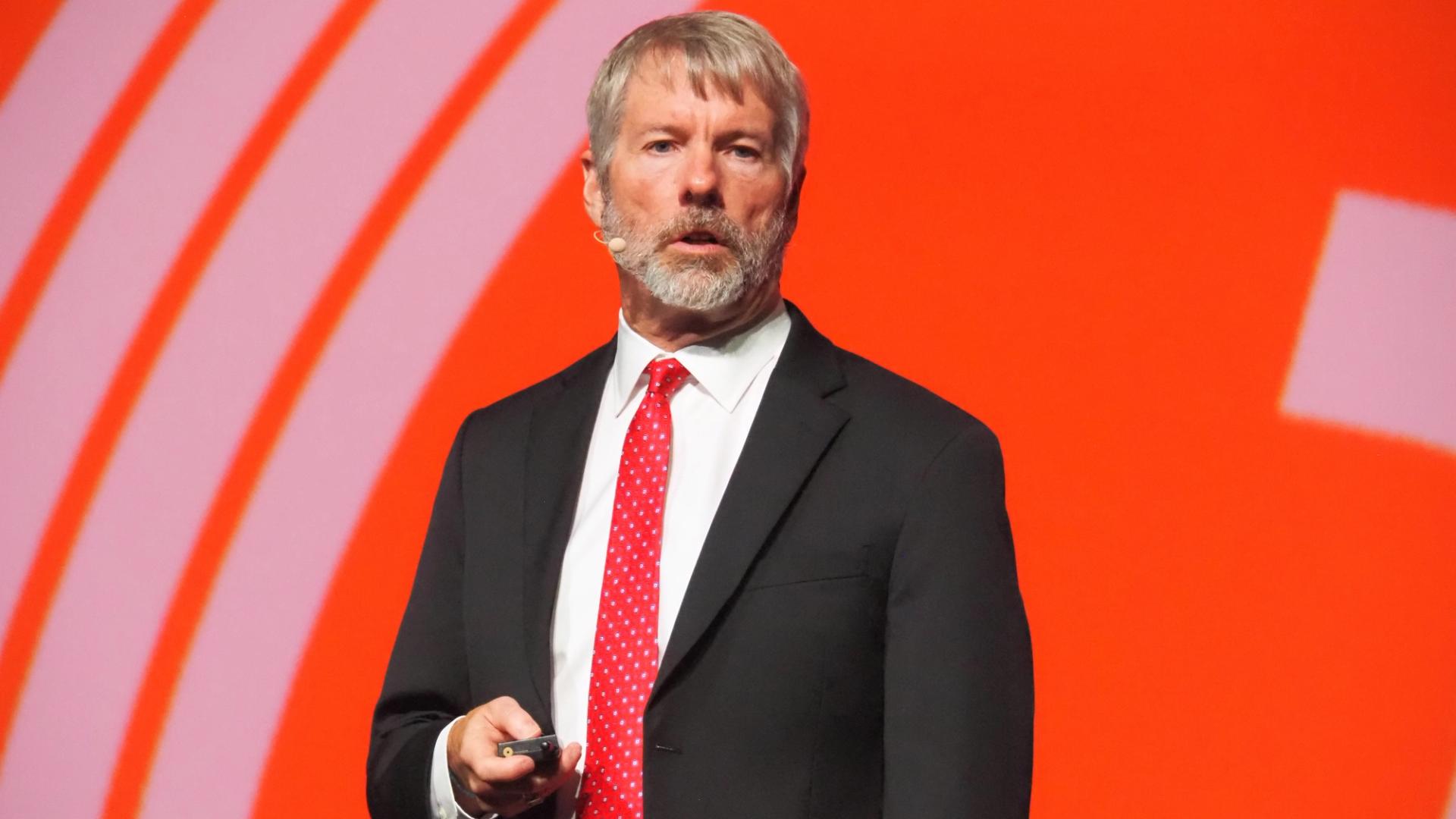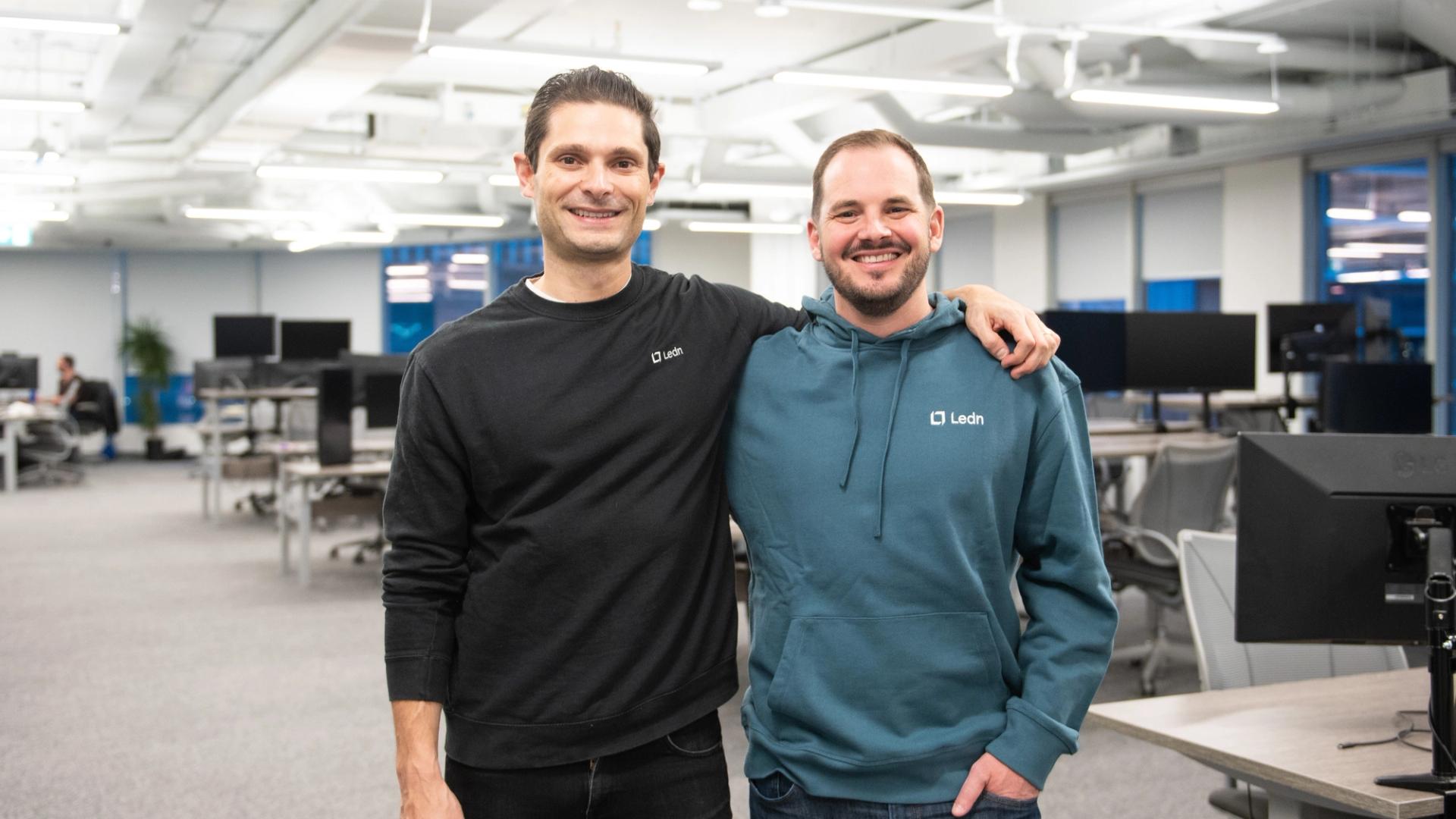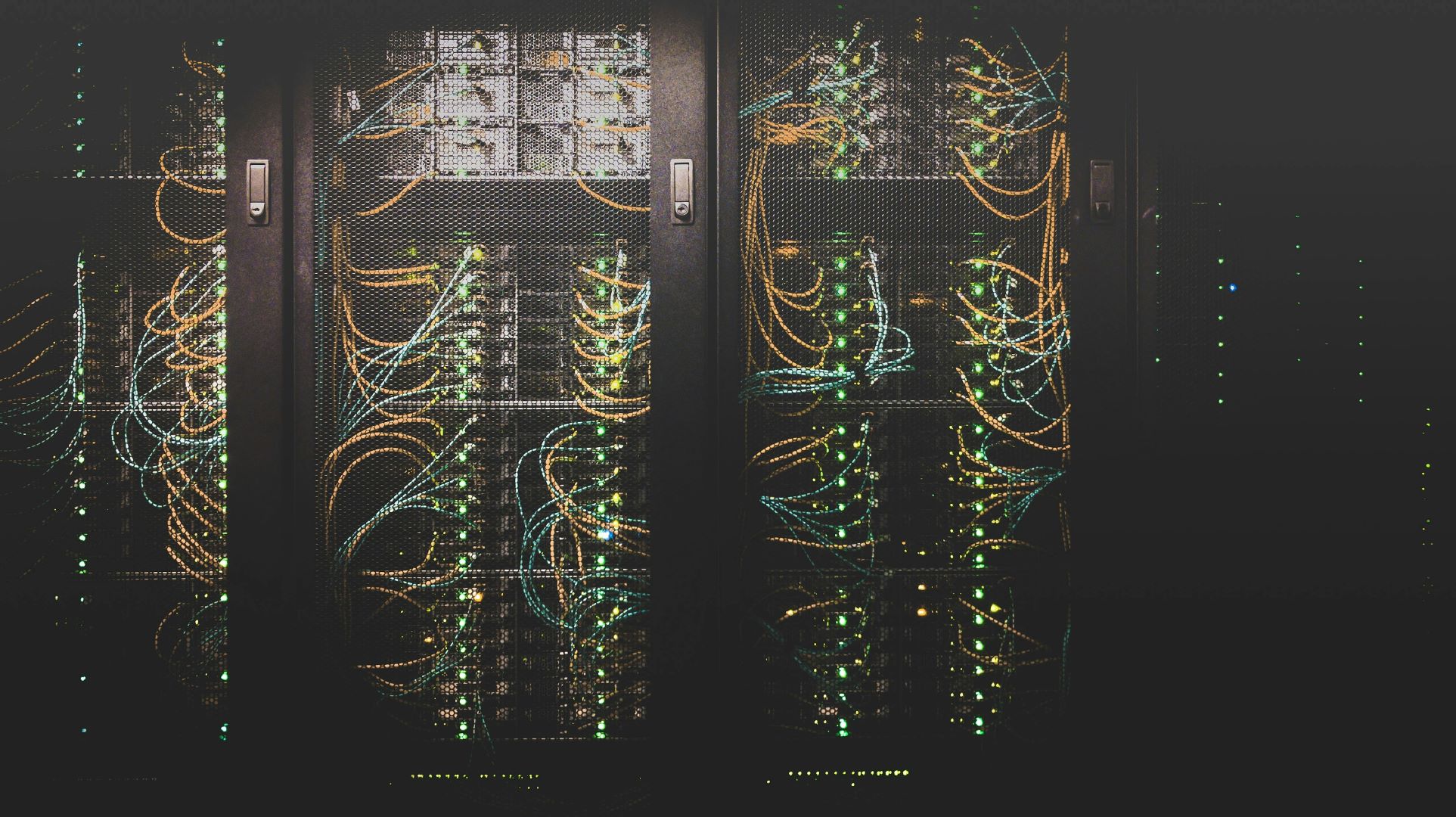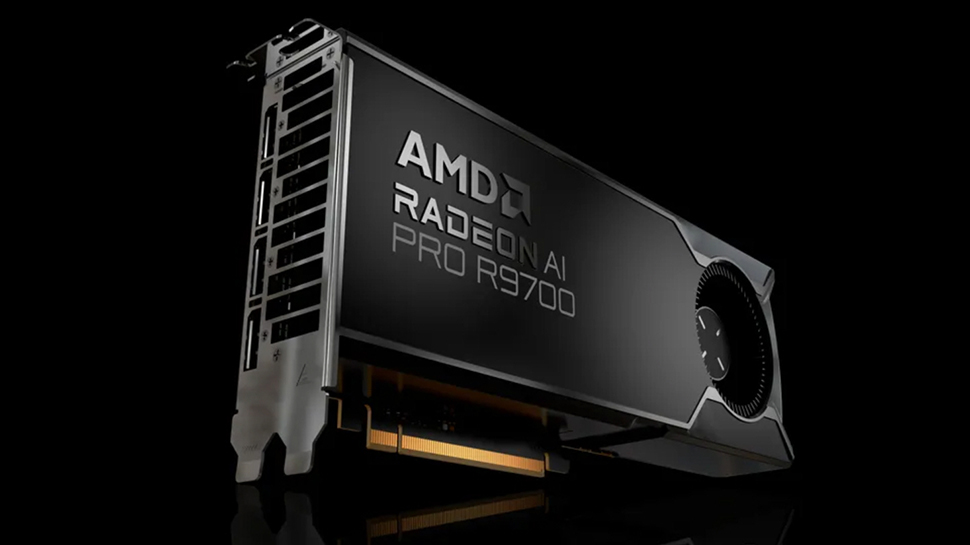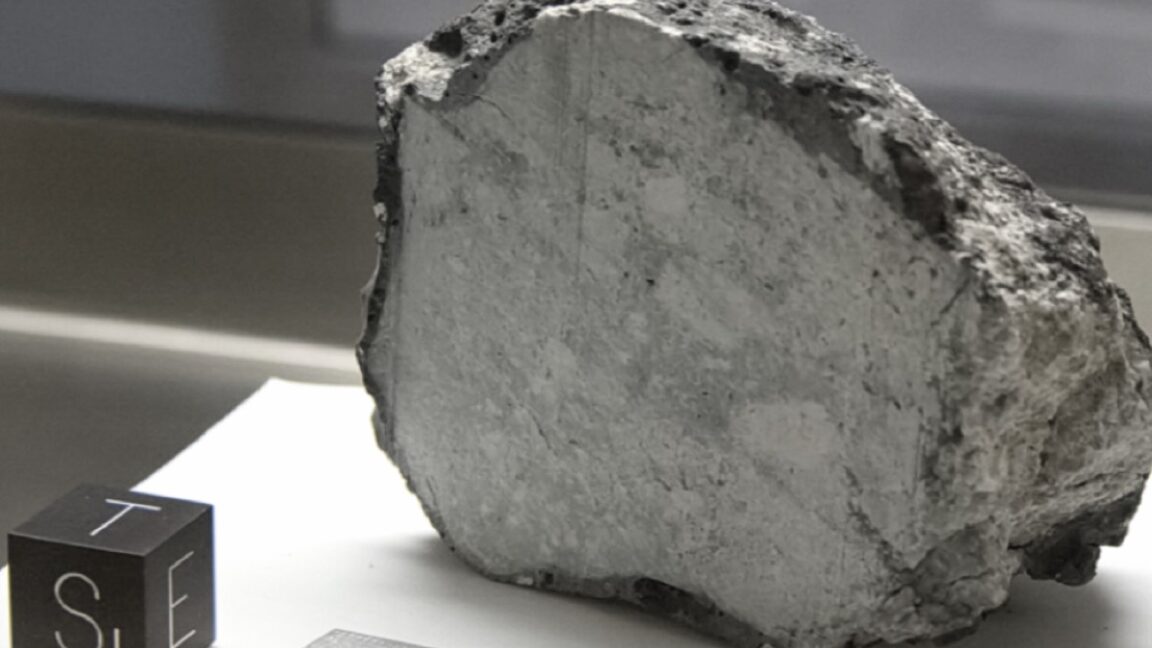Groundbreaking fusion: Helion eyes rural Wash. for world’s first plant despite unproven tech
Nearly a century after construction began on Rock Island Dam — the first hydroelectric power plant on the Columbia River — a new and vastly different energy technology could take shape at the same site. Helion Energy, a company developing fusion devices to harness the power released by smashing atoms together, hopes to break ground this summer for its facility, located near the Rock Island Dam in Washington’s Chelan County. If Helion is able to flip the switch on a successful fusion plant on its planned timeline, it would likely be the first in the world to do so. The… Read More


Nearly a century after construction began on Rock Island Dam — the first hydroelectric power plant on the Columbia River — a new and vastly different energy technology could take shape at the same site.
Helion Energy, a company developing fusion devices to harness the power released by smashing atoms together, hopes to break ground this summer for its facility, located near the Rock Island Dam in Washington’s Chelan County. If Helion is able to flip the switch on a successful fusion plant on its planned timeline, it would likely be the first in the world to do so.
The company has been meeting for more than a year with residents living near the site, packing the gymnasium at a nearby elementary school and taking questions at a chamber of commerce visitor center and wine tasting room. It’s working with Chelan County’s community development department to secure initial building permits, and is negotiating a lease with the county’s public utility to connect to the grid.
“We’ve sat down with tribal councils and tribal leaders, business leaders, community leaders, environmental nonprofits, community foundations, really the whole spectrum,” said Tom Bugert, who leads Helion’s state public affairs.
Helion, which is based just north of Seattle in Everett, Wash., has spent the past 12 years on R&D and building prototypes in preparation for this deployment. It has raised more than $1 billion from investors including Sam Altman, OpenAI’s CEO and co-founder, as well as SoftBank, Lightspeed Venture Partners, a university endowment and others. The company is in the No. 2 spot on the GeekWire 200, a ranking of Pacific Northwest startups.
The planned 50 megawatt reactor is intended to serve Microsoft, which has built multiple data centers in Washington and is on the hunt for new clean energy sources to power the computers that support artificial intelligence. Two years ago, Helion and Microsoft signed an historic deal in which the cloud company agreed to buy power from the plant starting in 2028.
An ambitious timeline

Five years is a stunningly short timeline to permit, build and flip the switch on a first-of-a-kind plant of that size.
And it’s all the more remarkable given that despite decades of effort, no one has been able to generate more energy from fusion than is required to force the atoms together. Not academic researchers, not another company, nobody.
At the same time that Helion is working toward the planned facility, it’s also still testing its Polaris reactor, a seventh-generation prototype built in Everett that will be the same size as the commercial reactor. The expectation is that any technical difficulties will be overcome with the prototype and Polaris will produce net electricity, demonstrating the viability of Helion’s commercial product.
Again, this would be a monumental, whopper of a scientific accomplishment. Yet Bugert is optimistic it’s within reach.
“We’re still on track,” he said, “for demonstrating electricity from fusion as soon as this year.”
And Helion is not the sole company chasing fusion dreams in Washington state. Zap Energy and Avalanche Energy are also in pursuit of energy’s “Holy Grail” for essentially limitless power.
Zap’s path

Zap, which is also based in Everett, is working on a more compact reactor design. The team is experimenting with its FuZE-Q fusion device and has built its Century system, a prototype that allows for research into the many components beyond the reactor that will be needed to create power for the grid.
In 2023, the company was selected as one of eight commercial ventures to participate in the U.S. Department of Energy’s Milestone-Based Fusion Development Program, an initiative to advance the sector.
Zap hit one of the milestones earlier this year, using the Century platform to produce and sustain a super-heated plasma for three hours inside of a liquid metal environment. By the end of the year, the company plans to submit a proposal for a pilot project to DOE, which if targets are hit, will provide up to $5 million to support the effort.
Zap has been exploring locations for a pilot facility, including a site in Centralia, Wash., where TransAlta is shutting down its operations of a coal-fired power plant.
“The Centralia site is indeed promising,” said Ryan Umstattd, vice president of product and partnerships at Zap. “But at this stage, we still want to keep our options option.”
The company is also hoping that the U.S. Department of Defense will begin more actively supporting fusion power as a fuel for space operations and other deployments, and as a national security strategy. Interest from the department could give the sector a boost and catalyze additional private support, said Umstattd. Zap has raised more than $330 million from investors, and holds the No. 19 spot on the GeekWire 200.
Seattle’s Avalanche has already been pursuing defense-related fusion technology. In 2022, it won a Pentagon contract from the Defense Innovation Unit (DIU) to develop a fusion device called the Orbitron for space propulsion and power generation. DIU aims to have Orbitron fusion devices used in flight demonstrations by late 2027.
Last month the company announced plans to open a first-of-its-kind facility for commercial-scale testing of radioactive fusion technologies in Eastern Washington.
Focus on 2028

Of the three, Helion is out in front with its planned commercial-scale fusion plant.
The company, which has about 525 employees and contractors, will need a construction workforce of about 130 to build the facility near the town of Malaga. Helion executives have previously said the reactor would be housed in a 30,000-square-foot building.
Washington state leaders have been paving the regulatory way to fusion deployment, recently approving House Bill 1018, a law that creates an additional path to permitting the projects, and previously designating fusion as a clean technology.
The U.S. Nuclear Regulatory Commission two years ago determined it would regulate fusion as it does particle accelerators — which represents a much less costly and onerous process than nuclear fission facilities must navigate.
The initial permits currently being sought by Helion are for office and assembly buildings. An application for a conditional use permit to build the generator space will come later.
Assuming the reactor performs as planned, operations will require about 10 people per shift, with three shifts a day.
The big challenge, Bugert said, is “how do we get fusion power on the grid by the end of 2028, and that’s the goal that’s rallying everyone in the company.”
RELATED:
- Sam Altman, SoftBank invest in $425M round for Helion, a Seattle-area startup chasing fusion power
- Microsoft and Helion want to build the world’s first fusion plant and seize energy’s ‘Holy Grail’
- Zap Energy confirms $130M round, shares progress on its demo power plant system





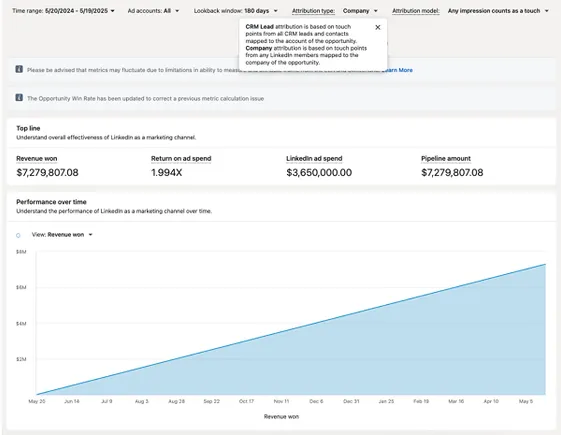








.png)















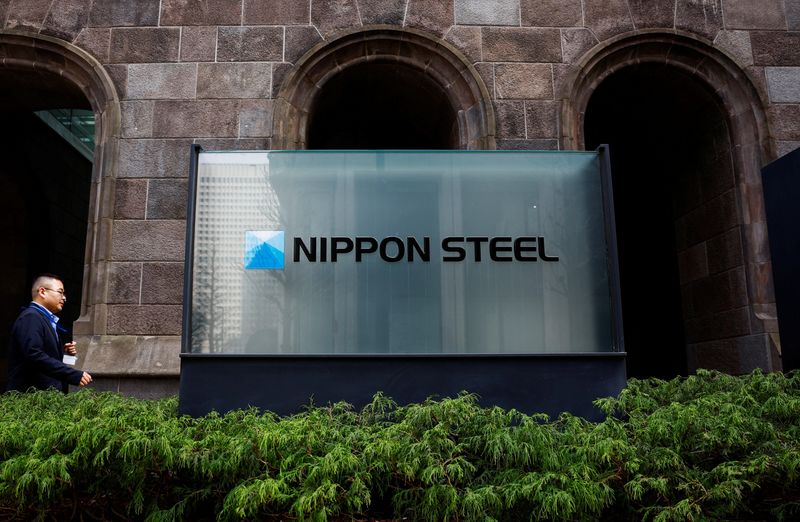







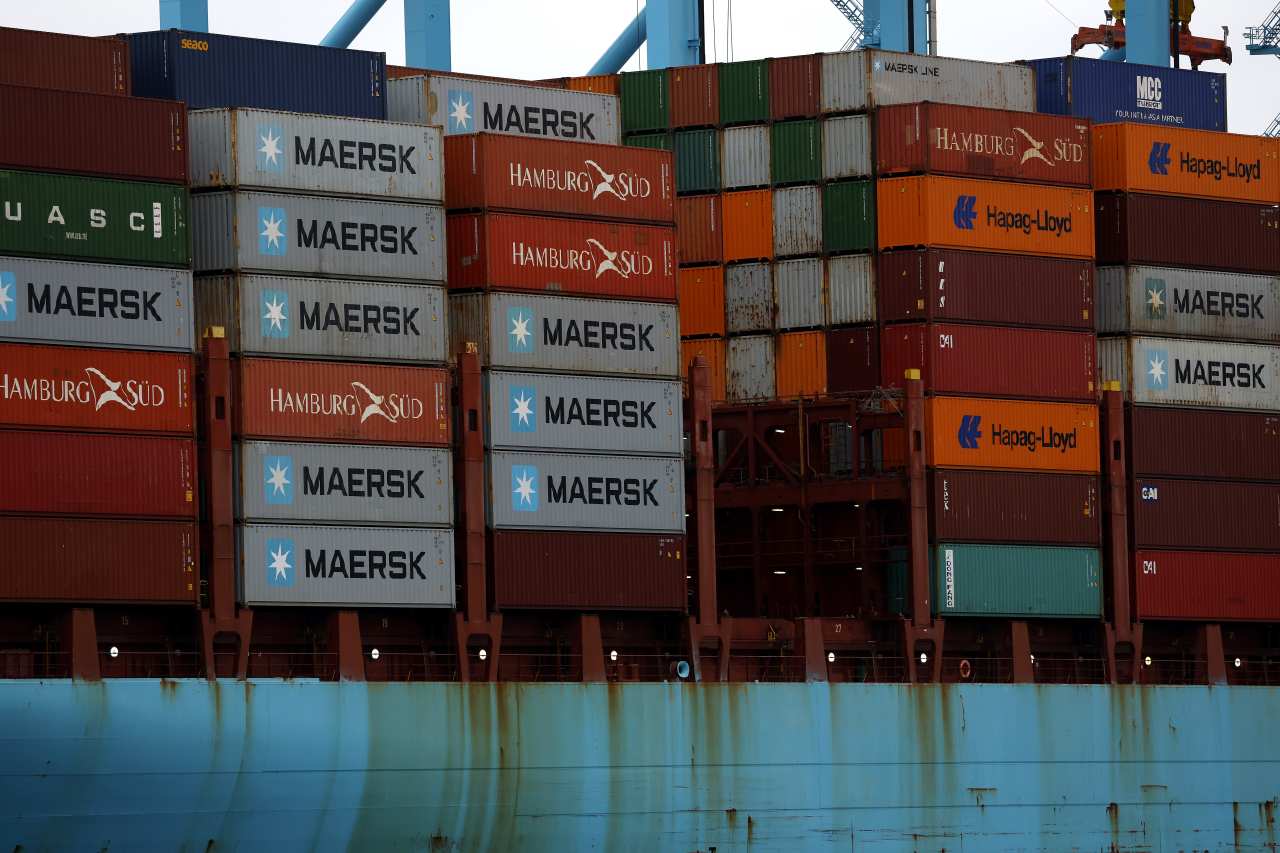



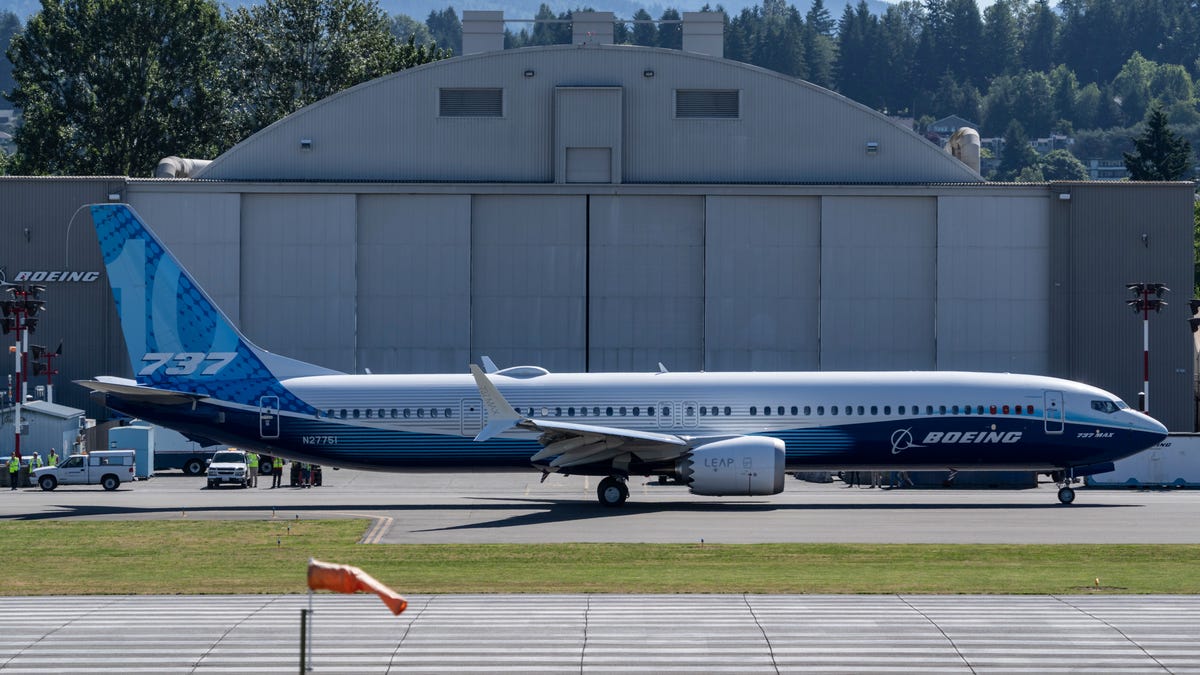








![[Weekly funding roundup May 17-23] VC inflow remains steady](https://images.yourstory.com/cs/2/220356402d6d11e9aa979329348d4c3e/Weekly-funding-1741961216560.jpg)










